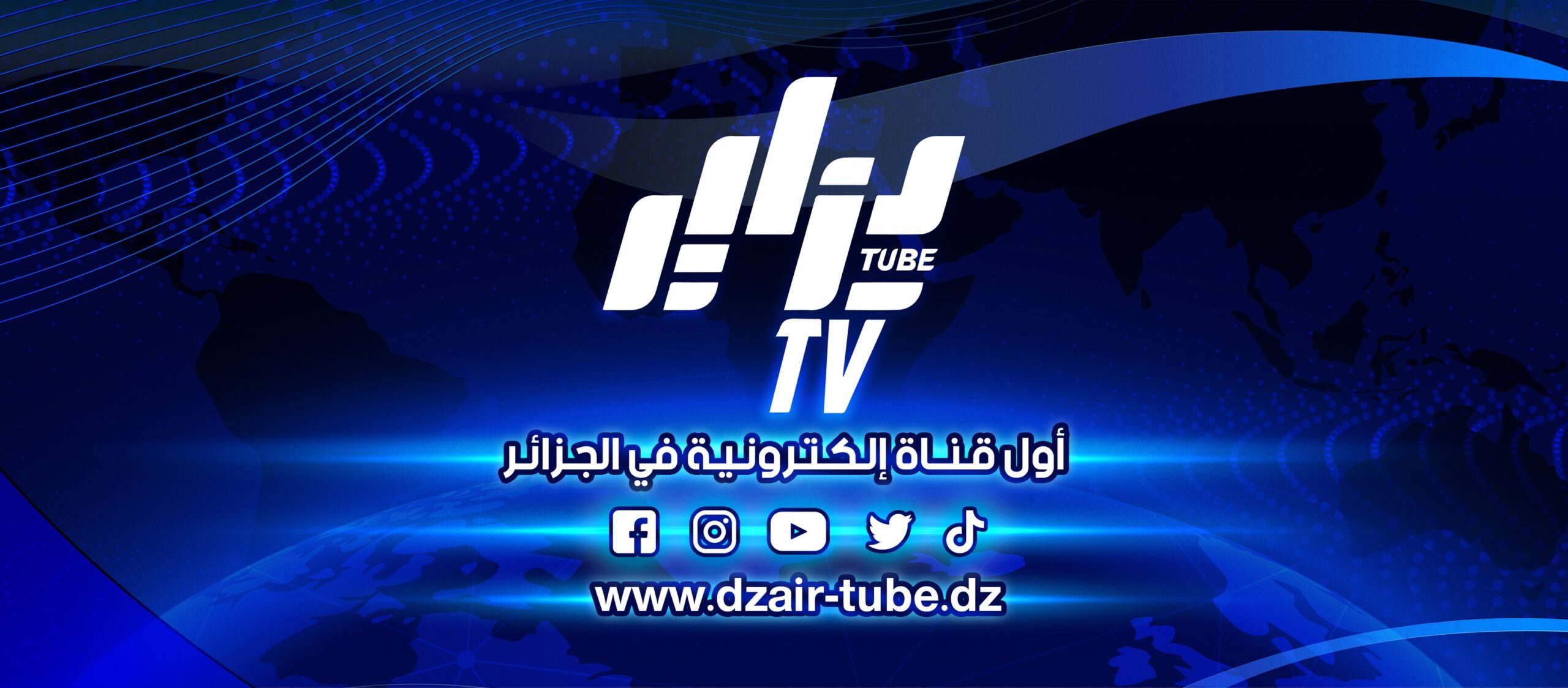BY: Dr. Hana Saada
Despite UNESCO’s recognition of the Caftan El Kadi as Algerian heritage, Morocco submits a controversial new dossier to rebrand Algerian attire as its own
Algiers, Algeria | April 10th, 2025 — In a provocative move that has reignited cultural tensions between Algeria and Morocco, Rabat has submitted a new dossier to UNESCO in a bold attempt to appropriate several emblematic elements of Algeria’s traditional female wardrobe—just months after Algeria secured international recognition for its historical garments.
In December 2024, UNESCO officially inscribed the Caftan El Kadi, Gandoura, and Melehfa—traditional garments from Algeria’s Grand Est region—on its prestigious list of the Intangible Cultural Heritage of Humanity. This recognition was the result of meticulous cultural preservation efforts and historic documentation by Algeria, emphasizing the deep roots of these garments in Algerian tradition, particularly in ceremonial and festive contexts.
However, rather than acknowledging the global decision, Morocco has retaliated by submitting a new dossier titled:
“The Moroccan Caftan: Art, Tradition and Know-How.”
This file not only attempts to lay claim to various forms of the Caftan, but controversially includes garments with distinctly Algerian origins such as the Gandoura and Chedda, the latter being an iconic ceremonial outfit native to the western Algerian city of Tlemcen.
A Case of Cultural Rebranding?
According to the contents of the Moroccan submission, the dossier features a wide array of garments including:
-
Qftan tarz Ntaa, Takchita, Lmansoria, Lkeswa Lakbira, Lqmis, Jabador, Gandora, Marlota, Dfina, Jalloub, Takhlila
Of particular concern to Algerian experts is the inclusion of Gandora and multiple rebranded forms of the Chedda, such as:
-
Chedda Chamalia, Chedda Tanjaouia, Chedda Tetuania, Chedda Oujdia
-
As well as the Keswa Oujdia, a clear derivative of the traditional Keswa worn in Algerian ceremonial contexts.
These names seek to regionalize Algerian garments within a Moroccan context, effectively attempting to erase their Algerian origins and rewrite their cultural narrative.
Algeria’s Historic Recognition and UNESCO’s Role
UNESCO’s decision in 2024 followed extensive documentation highlighting the Algerian origin of these garments, particularly the Caftan El Kadi, known for its rich embroidery, silk textures, and symbolic use during weddings and major life events. The recognition included not just the attire, but the intricate artisanal techniques passed down through generations, and the jewelry traditionally worn with them.
The Gandoura, similarly recognized, is a staple of feminine elegance in eastern Algeria, while the Melehfa speaks to the desert culture and Saharan aesthetic of the region. These garments represent centuries of craftsmanship, identity, and intangible heritage.
The same UNESCO session also celebrated the art of Henna, supported by a joint candidacy from Algeria and 15 other MENA countries—proving Algeria’s commitment to collaborative preservation of regional traditions.
A Pattern of Appropriation
Morocco’s latest maneuver is not an isolated case. It follows a familiar pattern of attempts to co-opt North African heritage as solely Moroccan, despite clear historical and cultural boundaries. Analysts and historians warn that this move threatens not just bilateral relations but the credibility of UNESCO’s mission to protect authentic cultural heritage.
While UNESCO has yet to respond to Morocco’s recent submission, cultural activists and Algerian officials have already condemned the move as a blatant act of heritage theft.
This is not just a debate over fabric and embroidery—it is a struggle for identity, history, and recognition. And Algeria is standing firm.

About Dzair Tube Media Group
Dzair Tube has firmly positioned itself as a leading force in Algerian digital journalism, delivering a rich and diverse array of content. Available in Arabic, French, and English, Dzair Tube captivates a broad audience, drawing over half a million daily clicks.
The platform’s excellence was notably recognized with the prestigious President of the Republic’s Award for Professional Journalist in the Electronic Press category on October 22, 2022. This accolade underscores Dzair Tube’s steadfast commitment to the highest journalistic standards.
Dzair Tube’s substantial online footprint includes 350,000 YouTube subscribers, over six million followers across various Facebook pages, and 450,000 Instagram followers. The digital channel serves as a nexus for a wide range of programming, spanning news, sports, entertainment, culture, and religion, catering to a diverse audience.
Boasting cutting-edge studios and advanced technology, Dzair Tube’s digital channel has attracted a significant viewership with its varied programs. It facilitates interactive discussions with key figures from various sectors, promoting public discourse and engagement. Beyond news, Dzair Tube excels in producing marketing documentaries, short TV commercials, and high-viewership shows.
The print edition of Dzair Tube’s sports newspaper, “Dzair Sport,” further attests to the platform’s influence, with over 50,000 daily downloads from the official Dzair Tube website.
Awarded the Media Leadership Award by the Minister of Communication, Mohamed Laâgab, Dzair Tube continues to shape the Algerian digital media landscape, maintaining its position of influence and impact. Additionally, Dzair Tube’s prominence in Algeria’s media scene was celebrated at the ninth edition of the “Hilals of the Television” competition, solidifying its status as a media leader.
Stay Connected with Dzair Tube
